Preserving food - introduction
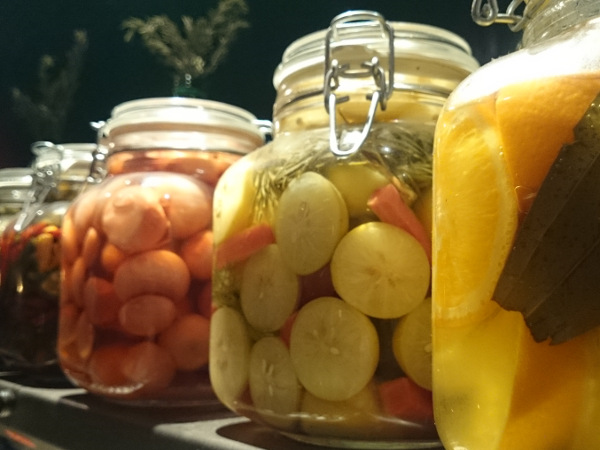
“You have to take it upon yourself and preserve and can foods that you’ll want for the winter.” – Alice Waters
Contents
What is preserving food?
To many of us preserving food means extending ‘shelf-life’ by opening the fridge, freezer or kitchen cupboard and bunging in our processed supermarket purchases for up to the recommended time. But is this the best way to obtain and store food? We now take this processing for granted, because we’ve got used to it being done for us. We’ve lost track of the original reasons, like extending availability of local fresh produce, minimising waste and keeping costs down.
Much modern processing is made necessary by the distance food is transported, the time it takes to reach us, and our desire for the same choices all year round. But take a closer look at your shopping. Even in the most basic weekly basket you’ll find many methods of preservation, some of which, like smoking or drying, have been around for thousands of years.

Sage and thyme drying in the kitchen – recycled jars are used for storage.
Some methods of preserving food – modern and traditional:
High-tech / high-energy
- Refrigeration
- Freezing
- Canning
- Bottling
- Freeze-drying
- Pasteurization
- Sterilization
- Distillation
- Drying, oven
Preserving the potato crop using the traditional outdoor ‘clamping’ method.
Low-tech / low-energy
- Fermentation
- Pickling / vinegar
- Dehydration
- Juices / cordials
- With sugar / honey
- Smoking
- Salting
- In alcohol
- In oil
- Drying, solar oven

Basic preserving equipment; a sugar thermometer helps achieve consistent setting point for jams.
No-tech / no-energy
- Dry storage, root-cellaring
- Hanging
- Clamping
- Drying – natural
Arguably, home preservation of food in the UK reached its peak in the 19th century. Many methods were developed to maximise the benefits of produce from the kitchen gardens of farms and manor houses, as a means of storing good quality produce, or to deal with surpluses or poorer quality produce. Traditions have been kept going within households, by organisations such as the Women’s Institute and numerous cookbooks.

A classic – pickled onions. Pic: Roly Williams, CC BY-SA 3.0
What are the benefits of preserving food?
Traditional preservation techniques can add value and nutritional diversity to food, and offer an alternative to bland supermarket produce. Most ingredients that you find in a ready-meal will store for longer than the processed product, and retain more nutrients, so contributing to a healthier diet. Preserving at home is also fun, rewarding, easy to learn and educational – bringing us closer to our food and helping understand the consequences of modern food consumerism, particularly transport, energy use and waste.
How to make a solar food dehydrator.
Reducing waste
Preserved food can be used as required, with no wastage. Apart from the land use and environmental issues, wasting food is pretty scandalous in a world where many people don’t have enough to eat. The following information on food wastage is from WRAP’s Love Food Hate Waste campaign:
- In the UK we throw away one third of the food we buy. That’s like one in three bags of food shopping going straight in the bin.
- We throw away 6.7 million tonnes of food each year in the UK, when most of this food could have been eaten (and it’s not just peelings and bones – it’s good food). That’s equivalent to filling Wembley Stadium with food waste 8 times over!
- In terms of environmental impact, producing, storing and getting the food to our homes uses a lot of energy. If we stopped wasting all this food, it would save the equivalent of at least 18 million tonnes of carbon dioxide. That’s like taking 1 in 5 cars off UK roads.
- Most of this food reaches landfill sites where it emits methane, a powerful greenhouse gas.
- High economic cost: at least £10 billion worth of food that could have been eaten is thrown out every year – that’s about £400 per UK household.
- We throw food out for two main reasons: 1) we cook or prepare too much, costing us around £4 billion per year; 2) and we let food go off, either completely untouched, or opened/started but not finished, costing £6 billion per year.

Smoking as a form of food preservation has been around for thousands of years.
Reducing energy use
There are two main ways that home food preservation can save energy (and its associated emissions):
- Many food preservation techniques use very little or no energy, when the alternative is fridges/freezers, that do.
- We can preserve the main crop in the autumn, so that we can have unseasonal food in winter and spring, instead of flying it around the world from where it is in season.
It may feel as if it will restrict choice, but in fact it offers different choices – plus there’s a great feeling of satisfaction and pleasure in serving up a home-produced meal, or giving a jar of preserve as a present.
Traditional Romanian preserve – Zacuscă – here made with home-grown aubergines, tomatoes and peppers, cooked on a wood stove (although it works just as well on a gas hob or a barbecue), and mixed with oil and egg before bottling to eat over the winter. (I’ve tried this in Romania and it’s really delicious – Dave).
What can I do?
As you can see, there’s a lot more to preserving food than just jams and chutneys. Have a look at the list of methods above. Could you be doing any of them yourself? We can’t all do them all, but we can all do some, and many of them take little effort and save time, money and energy. It can be as simple as setting aside a shelf or hanging space in the shed, garage or cellar for storing in-season fruit or vegetables such as apples or marrows.

Hand-picked undamaged apples will store for months, individually wrapped, in boxes in a cool shed; choose your variety carefully for good storage.
Ideally, you could grow your own, but if not then buy local in-season produce to store fresh or preserve. Visit a pick-your-own farm or harvest wild food or benefit from that abandoned fruit tree in your neighbourhood. Can’t bear to see the waste at your local greengrocer? Try asking for it – often they will give it away, saving you money.

Biltong is a traditional dried meat product from South Africa, that can be made from beef or from wild game such as ostrich or kudu. Pic: Delia du Plessis, CC BY-SA 3.0
Don’t forget that many preservation methods evolved out of the Victorian practices of storing good quality produce (e.g. fruit for jam), or dealing with surpluses (e.g. cider or juice from apples), or poorer quality produce (green tomato chutney). On the whole, traditional methods save energy, so use them whenever possible, and if you’re going to freeze, (or your fridge needs replacing) remember to use an energy-efficient appliance, preferably A++.
How to make jam from any fruit (I like raspberry pips left in though!).
If you’re into the kitchen methods like jam/chutney making or bottling, get the right basic equipment, such as a good maslin pan, straining muslin and sugar thermometer, and as well as re-using jam jars etc, keep a look out for second-hand preserving jars. And don’t forget the importance of hygiene, both to the shelf-life of your product and to those who are going to eat it!
So much choice you don’t know where to start? See books and links in the resources section, where you’ll find something on everything from clamping root vegetables to building your own solar food dryer. Better still, why not attend a preserving food course, which will give you a good mix of theory and practice.

Low-energy swede storage – swedes in damp sand in a defunct chest freezer. This method has also been successfully used for carrots and beetroot. No rat problem in the freezer either.
Not in a position to do any of this? At least look at your surplus or waste food. If you can’t avoid creating it, or can’t store it, keep it out of landfill by composting it or feeding it to chickens, or pressure your local council to provide food waste disposal.
Specialist(s)
Thanks to Tammi Dallaston for information. Main image by Siddhantsahni28, CC BY-SA 4.0.
The specialist(s) below will respond to queries on this topic. Please comment in the box at the bottom of the page.
 Tammi Dallaston has farmed, taught, lectured and written about sustainability issues, for CAT, Lowimpact.org, local authorities, the Permaculture Association, Brighton Permaculture Trust, and as a freelancer. And all this time, she shows people how to preserve nature and garden produce throughout the year, to prepare for the lean times, always engaging with permaculture principles.
Tammi Dallaston has farmed, taught, lectured and written about sustainability issues, for CAT, Lowimpact.org, local authorities, the Permaculture Association, Brighton Permaculture Trust, and as a freelancer. And all this time, she shows people how to preserve nature and garden produce throughout the year, to prepare for the lean times, always engaging with permaculture principles.

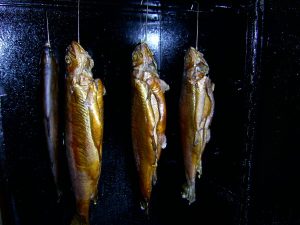
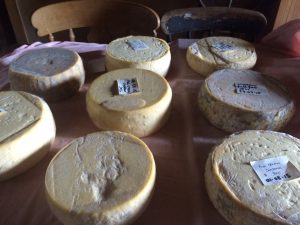
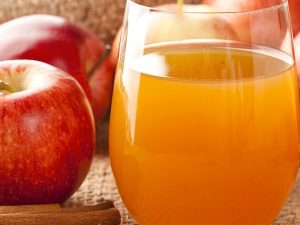
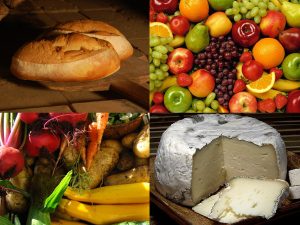

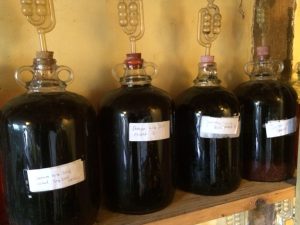
4 Comments
Hi guys, I was wondering if you had any insight into how to preserve a sauce with a PH of 6.1. I want to increase the acidity so it’s at 4.7 or less, but I don’t know what to add without creating that acidic taste as the taste canno’t change! Do you know of any tasteless preservatives? Then I would just water bath jar the product. Thanks so much! Lorna
Can you tell us a bit more about the preserve? Presumably savoury? You are very clear about the ph level, is this based on your reading? A bit more info would really help, please.
i need to know how do you come up with these means including autumn and advantages over traditional one in reference to environmental management.
Dennis mkombe – I’m sorry, I’m not sure that I understand your question?